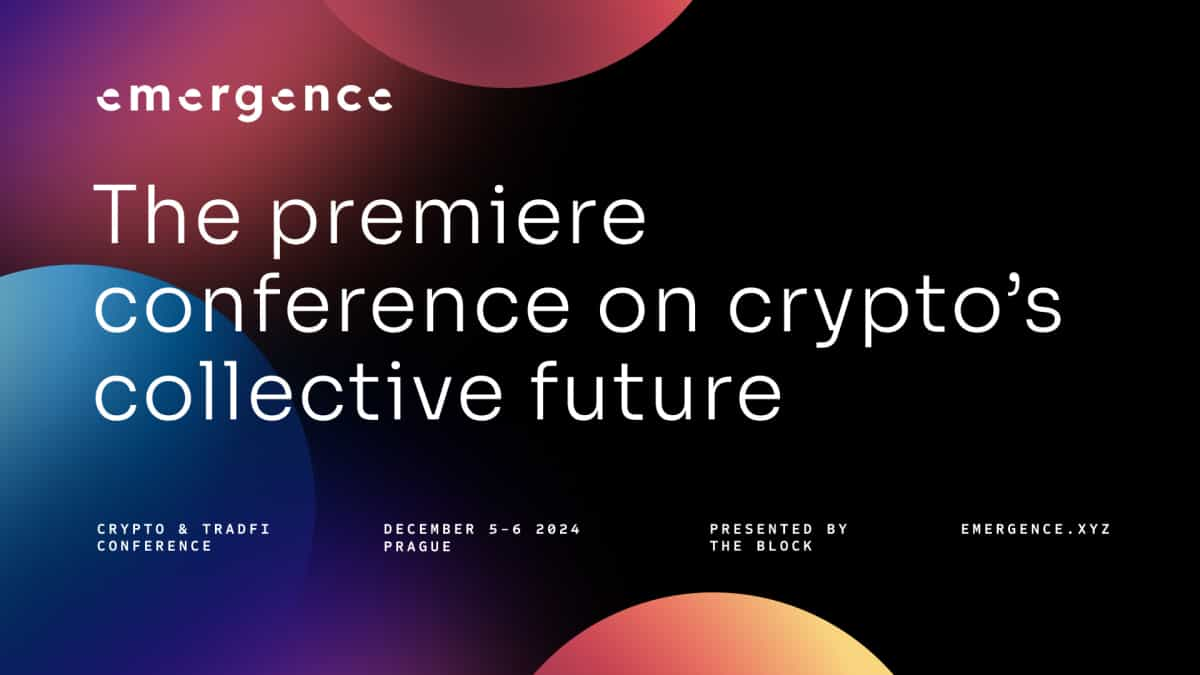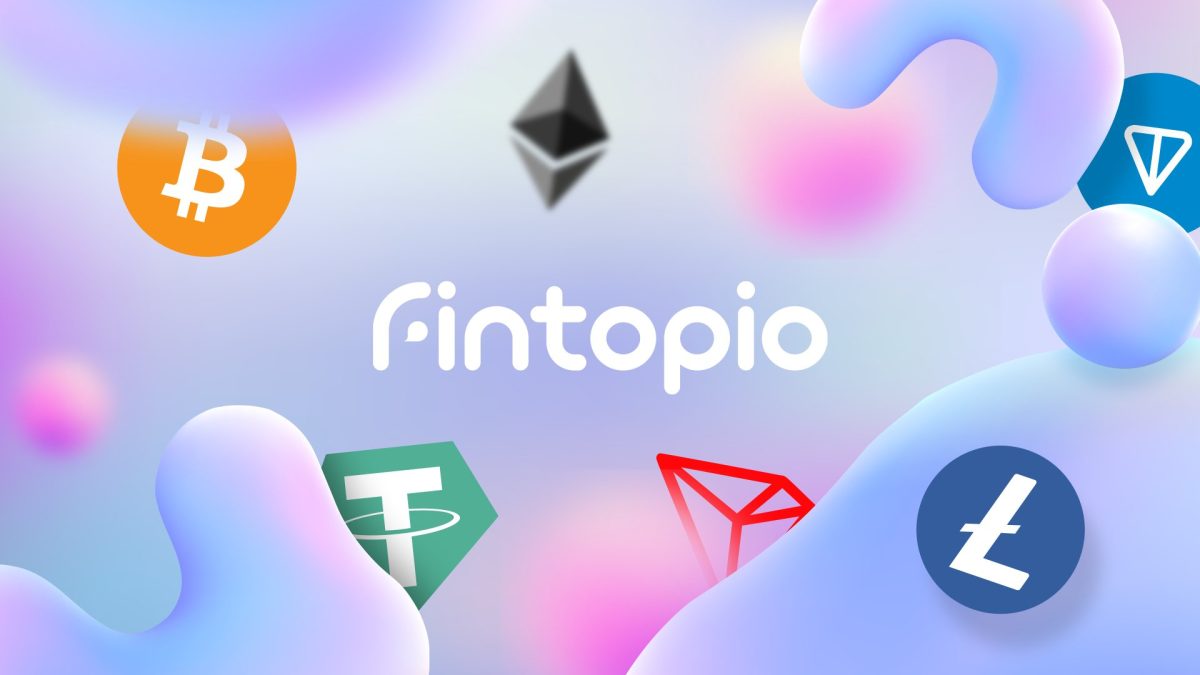2021 predictions from The Block's analysts

Quick Take
- The Block Research team has grown to eight full-time analysts in 2020
- Here are everyone’s predictions for 2021
- As a bonus, The Block’s Director of News Frank Chaparro also makes his prediction

Disclaimer: We make these predictions for fun to look back on in a year. Sometimes they come to pass, and sometimes they will be wildly inaccurate. The content is for informational purposes only, you should not construe any such information or other material as legal, tax, investment, financial, or other advice.
Igor Igamberdiev
The launch of Polkadot parachains and Cosmos IBC will finally open the era of inter-blockchain communication, but we shouldn’t expect to see an increase in their use at first. Decentralized storage solutions will begin to play a more important role, including in the data transfer between blockchains. Ethereum, with the rollups, will accept the Reddit userbase, which will become an active user of simple DeFi like PoolTogether. No chance of seeing Eth2 Phase 1.5 in 2021. Many Ethereum protocols will add a governance token that will be retroactively airdropped to users, but several protocols will therefore come under regulatory oversight. Fewer oracle misuse attacks but more sophisticated hacks.
Mika Honkasalo
The number and usage of trust-minimized stablecoins (algorithmic, collateralized, others) increases as custodial stablecoins see more regulatory pressure. The first protocol for decentralized futures and perpetual swaps (i.e., the BitMEX of DeFi) takes off and has monthly volume measured in billions. Non-crypto token derivatives and prediction markets see minor traction (e.g., S&P 500 trading or sports betting in DeFi), but it’s still too early. Arguments will form around if protocols should take a minimalistic approach vs. multiple business lines. L2 actually works and projects migrate to them — but composability becomes a new key issue and Vitalik publishes a groundbreaking solution to it. Crypto investors will be conditioned to expect all of their assets to produce a yield (whether subsidized or from legitimate fees).
Steven Zheng
Non-fungible tokens will have their “DeFi Summer” moment, specifically for the protocols/marketplaces that serve NFT issuers and creators like Zora, Super Rare, and OpenSea. I’d imagine there would be a powder keg event to kick NFT Summer off, which will be the form of one of the popular protocols airdropping a native governance token to their users. Layer2 projects on Ethereum, Optimism specifically, will take off with the same hype as Lightning Network had it when it first went live. However, a majority of activity will still be on Ethereum Layer1 — people might realize there really isn’t as much demand for Layer2 as on any chain as initially believed. Prediction markets on Bitcoin, via Discreet Log Contracts, will end the year more popular than Lightning Network is — I can see a DLC-enabled gambling app built on Bitcoin doing over $50M in volume by year-end.
Ryan Todd
Crypto rewards (debit, credit, and e-commerce rewards) and yield products on crypto deposits and stablecoins (example: BlockFi interest-bearing offering matched at a Robinhood, Cash App, or SoFi) become breakout consumer products to the tune of onboarding millions of new users into the bitcoin and the broader crypto ecosystem (users that earn crypto are more inclined to hodl). A bitcoin ETF is finally passed in the U.S. as the asset has financialized and grown to over $500 billion in total network value. To that end, more traditional brokers - like Morgan Stanley <> E*TRADE - will offer crypto buy/sell capabilities in 2021. PayPal introduces stablecoin capabilities - whether a Diem look-alike, or partnering with USDC/Circle - forcing Square to consider stablecoin capabilities (buy/send/withdraw) of their own within Cash App. Coinbase IPO sets off a wave of capital markets activity around the industry, including M&A. Expect to see a handful of “Long Island Blockchain 2.0s,” look to tap into this fever, likely through SPAC structures.
One company to keep an eye on in terms of an acquisition target by a legacy financial institution is crypto’s first U.S. listed public company, Silvergate (SI) - which finishes 2020 up more than 400% (outperforming bitcoin). Silvergate arguably holds one of the more valuable assets in crypto ecosystem through its SEN network, which has processed $76B in 2020 (ex 4Q) and has nearly 1000 digital asset customers (~75% TAM per company filings). Even removing the Coinbase IPO, financing and M&A activity into crypto sets a new annual high (surpassing 2017’s $7.7B records). MicroStrategy sells at least half of their bitcoin holdings, the net proceeds of which will match more than 10 years worth of prior company cash flow (they should return capital back to shareholders, but won’t). With crypto front and center in the broader collective conscious in 2021, Frank Chaparro finally gets his long-desired Forbes 30 under 30 recognition.
Larry Cermak
The market structure continues to mature with options having another big year and Binance finally launches an options offering that will directly compete against Deribit. PayPal launches a stablecoin on Ethereum and stablecoins start finding a product-market fit in areas outside of trading. Non-custodial derivatives take off due to Optimism and capture 10% of CEX’s open interest by year-end. Coinbase market cap is above $80 billion at one point, which leads to the repricing of other pure crypto play companies. M&A starts heating up with traditional companies targeting profit-generating crypto companies. FATF crypto guidance starts getting implemented, which will put pressure on jurisdiction-less crypto-to-crypto exchanges.
John Dantoni
Institutional interest in Bitcoin and digital assets in general as an alternative investment vehicle continues to increase. Coinbase’s IPO sets the stage for crypto/blockchain companies looking to access funding through public markets and indirectly raises the valuations of startups within the sector. An increase in velocity of mid-sized funding deals within the $5-<$10 M and $10-<$25 M ranges. Total venture funding in the sector nearly doubles in 2021 to $6.0 billion, eclipsing the all-time high of $5.8 billion set in 2018. We also have a record year in M&A activity by both dollar and transaction volume. At least one infrastructure provider is acquired for >$400 M and becomes the largest M&A transaction to date.
Lars Hoffmann
Many regulators will relive a 2017-like phase, where the pace of technological innovation outstrips their capabilities to comprehend the latest industry trends and seemingly forces their hands — with DeFi being the key focus of their attention. In this relation, especially EU regulators will take a turn in the wrong direction, with calls for stricter capital controls and more stringent KYC requirements — alienating an even larger part of the industry and forcing some to follow Deribit’s lead in relocating to more welcoming and business-friendly jurisdictions.
Additionally, US/EU regulators will try to force KYC/CTF regulations onto popular DeFi applications, such as Uniswap and 1inch, stopping only just short of effectively criminalizing many of them. Beyond regulators and businesses, many crypto natives will relocate to friendlier jurisdictions — both in terms of improved work-life balance and in terms of more accommodative crypto taxation policies. Lastly, the rapid rise in digital nomads due to the coronavirus pandemic enabled remote work culture will present innovative jurisdictions with a brief window of opportunity to become a digital nomad/blockchain hub of international importance.
Mike Rogers
So goes global monetary and fiscal policy, so goes asset prices worldwide. A new Federal Reserve Chair is appointed, but dovish monetary policy still reigns supreme: target rate near zero, more quantitative easing and USD continues its slide. On the back of a weak dollar, low volatility regime, and fiscal stimulus, markets make new all-time highs. A flurry of Bitcoin and stablecoin institutional products are released, which accelerates central bank digital currency (CBDC) pilots in developing nations and policymaking in developed nations. Pushback from Capitol Hill against the digital assets industry persists, as the Biden Administration seeks to get Congress more involved. Preferring immediate transparency and assurance, digital assets companies follow in the footsteps of Paxos and apply for national banking charters while lawmakers engage in ongoing debates. Comments on the STABLE Act in the U.S. and Markets in Crypto-assets (MiCA) proposal in the EU, along with guidance from the G7, help provide much-needed regulatory clarity for digital assets internationally.
As a bonus, The Block’s Director of News Frank Chaparro makes his prediction as well:
Frank Chaparro
Crypto exchanges like Coinbase will get more creative with their fee structure. More incentive programs will roll out and exchanges will adopt new schemes like inverted maker. Retail fees, which have remained stubbornly high, will come down by H2, possibly driven by payment for order flow becoming more popular in the crypto market. The ripple effects of the XRP lawsuit will result in a clampdown on new listings in the near term. Expect crypto exchanges in the US to revisit their listing standards as well as specific listings like privacy coins.
Keep an eye on JPMorgan's blockchain unit, Onyx. Although the firm is exploring custody of digital assets, its foray into the repo market could be an even bigger game-changer for the broader financial services industry. Announced in November, the firm has rivals like Goldman Sachs lined up to leverage its JPMCoin to execute transactions that are faster and don't have to deal with the legacy process, paving the way for pricing repo deals in minutes rather than taking overnight or days to do so.
Despite the demand from the buy-side for bitcoin exposure, firms like Goldman Sachs, Citigroup, and Morgan Stanley — which all explored derivatives products and ways to offer synthetic exposure in 2017/2018 — will continue to sit on the sidelines during the first half of 2021. Some might offer a form of custody in the second half of the year. Merger and acquisition activity will continue to heat up — driven by large exchanges like Coinbase and Binance. Firms will acquire companies that expand their offerings more so than rivals, at least early on. Fresh on the heels of big fundraises and initial public offerings, I expect Coinbase, Paxos and Bitso to be among the firms to make a notable transaction in the first quarter of the year.
© 2023 The Block. All Rights Reserved. This article is provided for informational purposes only. It is not offered or intended to be used as legal, tax, investment, financial, or other advice.



